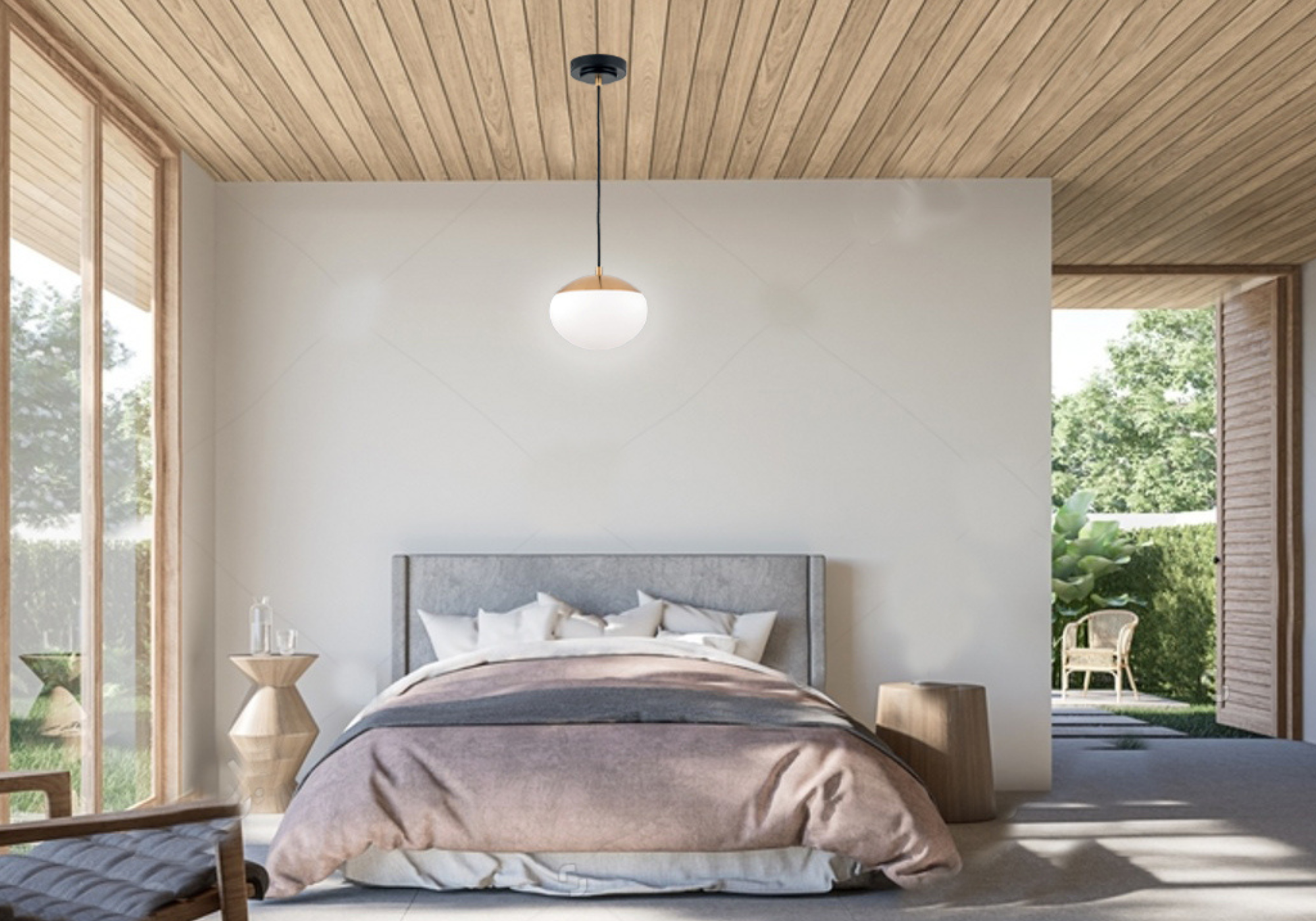An effective strategy to reduce this sensitivity is to adjust the lighting in your environment.
Find out more about the importance of the right lighting and how to use it optimally to protect your eyes in our blog.
1. avoid bright, direct light
Bright light sources, especially those that shine directly into the eye, can exacerbate the symptoms of photosensitivity. This includes strong sunlight without protection or intense artificial light sources. To prevent this, you should:
- Wear sunglasses: when outdoors, sunglasses with UV protection will protect your eyes from direct sunlight and reduce glare.
- Dim light sources: Indoors, you can regulate the brightness of your lamps. Dimmable lights or light sources with adjustable brightness are ideal for creating a pleasant light intensity.
2. use indirect lighting
Indirect lighting ensures that the light does not hit your eyes directly, but is gently reflected. This reduces glare and the possibility of overstimulation. Here are some tips:
- Avoid direct beams of light: Place lamps so that they reflect light onto walls or ceilings instead of shining directly onto your workstation or seating area.
- Use fluorescent tubes and LED lights: Modern light sources such as LEDs provide an even light distribution and are often less dazzling than traditional light bulbs.
3. observe the color temperature of the light
The color temperature of the light, measured in Kelvin (K), influences how pleasant the light is for your eyes. A color temperature that is too high can lead to unpleasant, bluish-white light radiation, which can increase sensitivity to light.
- Prefer warm light: Choose light sources with a color temperature of around 2700K to 3000K for pleasant, warm lighting that is gentler on the eyes.
- Avoid cool light: Light sources with higher color temperatures that are cooler and bluer (above 4000K) can be more intense and increase photosensitivity.
4. regular breaks and adjustments
Spending a lot of time in front of screens can also contribute to increased photosensitivity. Pay attention to the following measures:
- Optimize screen work: Adjust the brightness and contrast of your screen so that it is comfortable for your eyes. Also use blue filters to reduce the strain caused by screen light.
- Take regular breaks: The 20-20-20 rule can help: Every 20 minutes, look at something about 6 meters away for 20 seconds to relieve eye strain.
5. avoid flickering light
Flickering light can be uncomfortable for people with photosensitivity. It can also trigger headaches or migraines. To avoid this:
- Check power sources: Ensure your lighting systems are properly installed and do not cause flickering light.
- Choose quality lights: Invest in high-quality light sources that provide constant and even light.
CONCLUSION
Proper lighting can play a significant role in alleviating light sensitivity. By choosing the right light sources, avoiding harsh and flickering light and adjusting the color temperature, you can design your environment to reduce eye strain and reduce your sensitivity to light. If problems persist, professional medical help should also be sought to clarify possible underlying causes. However, consciously designing your lighting can make a significant difference and contribute to a more pleasant everyday life.







